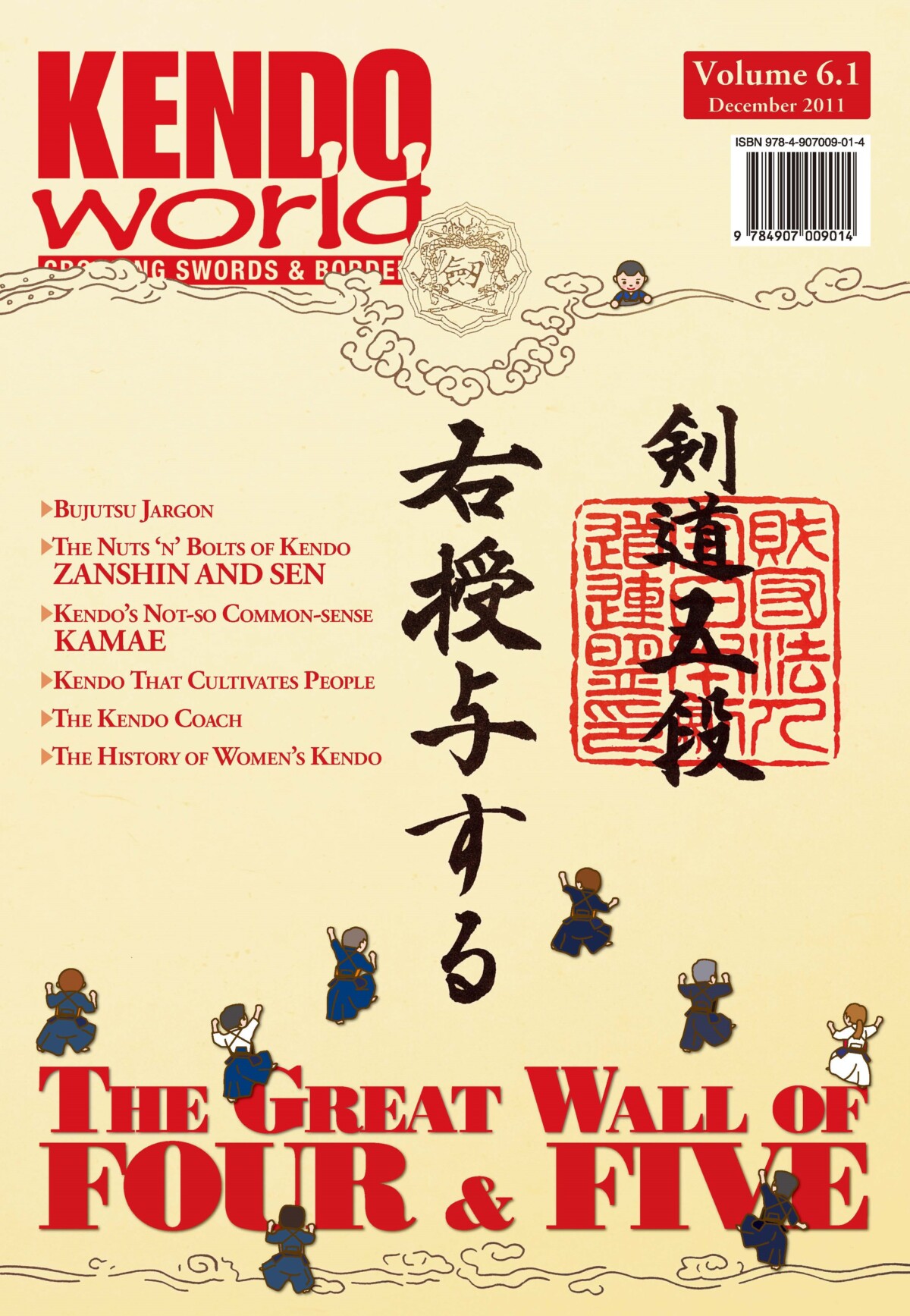
Kendo World 6.1
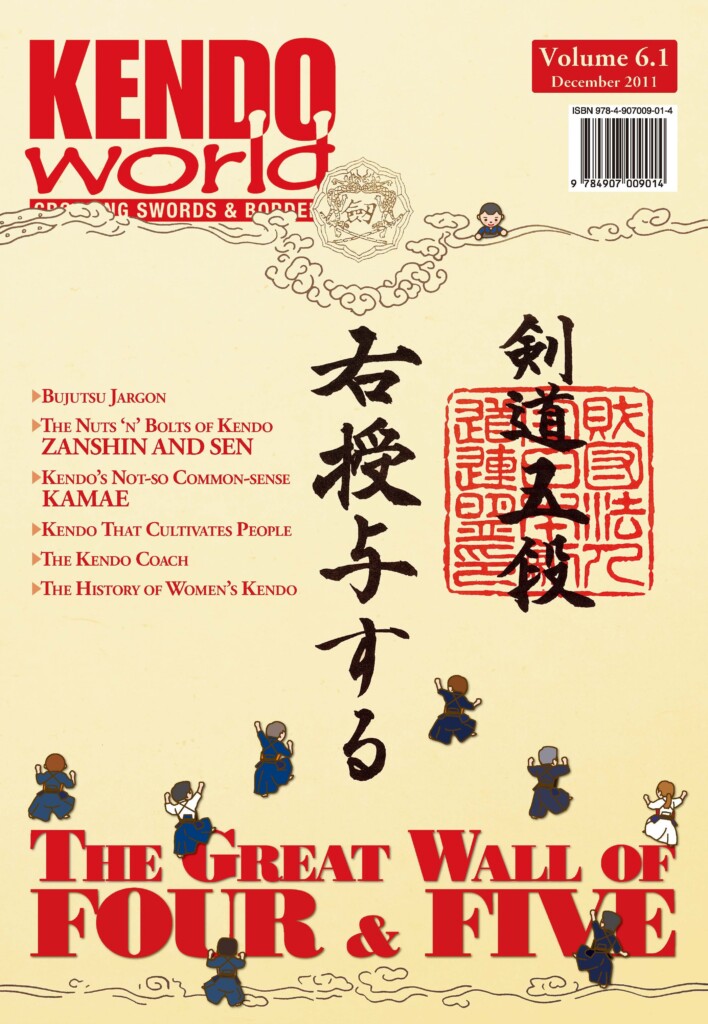
Editorial
Alex Bennett (KW Editor-in-Chief)
“Be heedful even if you have a branch of the cherry tree in hand, for the wind will scatter the blossoms.” A short reflection on the beauty of zanshin in kendo, and life in general.
Hanshi Says
Tahara Hironori (Hanshi 8-dan)
A series in which some of Japan’s top Hanshi teachers give hints of what they are looking for in grading examinations based on wisdom accumulated through decades of training. “Continuing kendo with an honest heart, you will feel the need to seek knowledge, and visiting any dojo will be an enjoyable experience rather than one that causes trepidation. If you are in search of something, training becomes a pleasure not a chore. But, you must never neglect kihon as this forms the very foundation of kendo. You must practise it over and over…”
The Great Wall of Four & Five
Alex Bennett (Kendo R 7-dan)
Yondan or godan holders will often be the highest rank in their dojo, or even country in some cases. This means that people aspiring for these ranks probably don’t have many people they can seek guidance from, or emulate in their keiko. I have been asked with increasing frequency recently to offer guidance on what is required to pass these grades. As I will be sitting on a grading panel as an examiner for dan grades up to godan soon, I thought this would be a good opportunity to get my thoughts in order, and hopefully provide some useful advice for people who are struggling with these ranks, or are almost ready to sit them for the first time.
The Nuts ‘n’ Bolts of Kendo: Zanshin and Sen
Nakano Yasoji, (Kendo Hanshi 9-dan) Translated by Alex Bennett
“My teacher, Takano Sasaburō-sensei, often taught that zanshin was something akin to throwing water out of a cup, and when you put it down again, there is always a little bit left in the bottom. This is true zanshin…”
Jidai-geki and Chambara: A Discussion with Ishimatsu Yoshihiro
Michael Ishimatsu-Prime
Michael Ishimatsu-Prime interviews renowned samurai drama script writer, Ishimatsu Yoshihiro. “Writing films is very difficult if I have no empathy with the main character or hero, and even the villain, especially as I may have to spend up to six months writing about them. Having empathy for the characters is the most important thing. This is also the same for modern day dramas, but it is especially so for jidai films, as nobody really knows what those types of people were like back then. In contrast, in films about modern times the characters are easily understood by viewers…”
Nonsense and Origins: An Inspiring Conversation with Victor Harris
Scott Huegel
Scott Huegel interviews the celebrated translator of Miyamoto Musashi’s Book of Five Rings. “Speaking with Victor Harris brings you face to face with modern era kendo. It is not that he positions himself this way, or by any measure wants to be a spokesperson, but when discussing kendo he has an undeniable skill for communicating a clear representation of where he believes things have been, where they are now, and where they should be going.”
Reidan-jichi: Kihon Dōsa
Ōya Minoru (Kendo Kyōshi 7-dan) Translated by Alex Bennett
International Budo University’s Ōya Minoru-sensei explains the various components of kamae and movement in great detail. “The little finger of the left hand should fully grip the tsuka–gashira (bottom of the shinai handle). The tsuka is firmly (but not too powerfully) clasped in the order of the little finger, ring finger, and the middle finger as if holding onto an egg. The forefinger and thumb grip the tsuka lightly. Too much strength in the forefinger and thumb will…”
Kendo That Cultivates People Part 11: Further Development
Sumi Masatake (Hanshi 8-dan) Translated by Honda Sōtarō
International sensei extraordinaire, Sumi Masatake-sensei offers advice for older practitioners. “Kendo is not about dominating your opponent and stifling their personality; if you have a true desire to improve yourself by learning from your seniors, then people will want to practise with you again, and you will not be avoided as an overly or excessively competitive practitioner…”
Shinai Sagas: Management Secrets of the Samurai
Charlie Kondek
The title of this piece is an affectionate jab at a body of business literature that seems to be a thing of the past. “When I was a boy in the 1980s, and American fascination with Japanese economic success was at its height, it was not uncommon to see articles and books with titles like this one. Such things were among my first exposures to Japanese culture broadly, and Japanese martial arts specifically…But with tongue in cheek and the same good intentions, I want to share principles I have encountered in my kendo life that have influenced my working life.”
Kendo’s Not-so Common-sense: Kamae
Nagao Susumu (Kendo Kyōshi 8-dan) Translated by Paul Benson
Question: Why is it that many kendo kamae lead with the right hand and foot? And, what kamae are there besides chūdan and jōdan? In the rules of kendo, nowhere is it written that chūdan must lead with the right hand and foot, and that jōdan is jōdan only if it leads with the left foot…
Bujutsu Jargon
Bruce Flanagan
The first instalment in a series of reference articles featuring ancient and modern terminology related to Japanese bujutsu Bruce Flanagan.
sWords of Wisdom
Alex Bennett
“The sword is for defeating the enemy, not for defence. Face the enemy, brace yourself for death, and attack.” A quote by Tōgō Tōbei Shigetaka (1561~1643), founder of the infamous Jigen-ryū style of swordsmanship.
Unlocking Japan: Kendo & Football
Lockie Jackson
“Let’s not make any presumptions about proficiency based on nationality, whether in the dojo, or on the football field.” Lockie Jackson makes an interested comparison between expat Ozzies in Japan playing football, and expat Japanese in Australia doing kendo.
The Kendo Coach: Sports Psychology in Kendo
Aggression in Kendo Part 1
Blake Bennett
Where is the line between violence and hard training in kendo? “Considering its historical roots in Japan’s medieval combat methods, it is understandable that kendo retains a large element of intrinsic aggression. It is however, the instant where the control over this integral part of training is lost, that harmful intents and unrestrained emotions and impulses come to the fore… and kendo potentially becomes a danger to its young participants.”
Interview with Jodo Hanshi 8-dan FURUKAWA Shinya
By Jeff Broderick & Yukie Saitō
“He was obviously very agitated. I just went up to him and said in a strong voice, ‘Give me the sword!’ and held out my hand… I told him I was arresting him for murder.” Jeff Broderick interviews well-known police jodo teacher, Furukawa Shinya.
Recent Developments in Korean Kendo
Professor Katō Jun’ichi (Kendo K 7-dan) Translated by Michael Ishimatsu-Prime
This article will introduce the new experimental system for “Video Interpretation Appeals”. Katō-sensei received from Korean kumdo officials three documents – “Regulations for Video Interpretation Appeals”, the “Report on the Implementation of Video Interpretation Appeals”, and a questionnaire related to video appeals. He uses these as the basis for an analysis of the introduction of a video appeal system in some Korean tournaments, and the response it received after its implementation.
Strength to Strength
Kate Sylvester
Kate Sylvester talks to former World Champion and Osaka policewoman, Kondō Keiko (previously Baba Keiko) about her kendo career and life experiences.
The PNKF Women’s Tournament
Elizabeth Marsten
The Pacific Northwest Kendo Federation’s North American Women’s Taikai is the official tournament started in 2001 by Jeff Marsten-sensei (Kyōshi 7-dan), and is held every three years in the greater Seattle area lovingly refer to it as “chicks with sticks” or just the “Women’s Taikai.” Former Team USA member Elizabeth Marsten tells us what its all about.
The 10th Otsū Cup
A Report by Trevor Jones
October 23, 2011. On this date the tenth “Miyamoto Musashi Kensho Joshi Kendo Taikai” took place at the Musashi Budokan in Ohara. This tournament has continued to grow, not only in the number of participants, but also in importance as a sign of the popularity and increasing level of dedication and skill shown by women kenshi throughout Japan and the rest of the world.
The History of Women’s Kendo
Ozawa Hiroshi (Kendo Kyōshi 8-dan) Translated by Michael Ishimatsu-Prime
“What sort of character should women seek through doing kendo?” Ozawa Hiroshi answers this question while explaining the exploits of Japan’s earliest women kendo pioneers and how they made their name in ostensibly a man’s world.
Smile Kids Japan
Trevor Chapman (Dojo Leader – Kashi-no-ki Kenyukai, UK)
In April, Trevor Chapman saw a TV programme about a charity called “Smile Kids Japan”. It was about a charity helping children, many whom had been orphaned and traumatised by the tsunami. They had lost their homes, belongings, toys, family and friends. He was so moved by this program that he felt his dojo, Kashi-no-ki Kenyukai in the UK could in some way raise money for this charity…
A Reflection on Reigi
Taylor Winter
Taylor Winter ponders the meaning of reigi and tradition in kendo. Does it matter? “Upon asking the top sensei at my university, he took only a second of pondering before launching into one of his ‘Yoda’ like explanations which usually leave me more confused… The clashes, he continued, were usually between tradition and convenience…”
Historical Sightseeing: The Shinsen-gumi
Bruce Flanagan
The lives and deeds of the members of the Shinsen-gumi will ever remain a source of controversy, intrigue, romance and swashbuckling drama for aficionados of Japanese history. Cloak and dagger accounts of espionage, assassination, political alliances, violent raids and sword duels abound, occasionally obscuring the line between fact and hearsay. Were they a security force nobly working to keep the peace in chaotic times, or merely a recruited band of bloodthirsty assassins?
Argentina: New Kendo Wave & Why it Matters
Gabriel Weitzner
Gabriel Weitzner investigates how is it possible to accomplish the growth seen in Argentinian kendo. “The answer is the strong collaboration among all the people across Argentina, who possess common goals to preserve kendo’s values…”
Book Review
Kurikara: The Sword and the Serpent, By John Maki Evans,
Review by Taylor Winter
“In Mikkyo—Japanese esoteric Buddhism—the dragon Kurikara symbolises the internal energy developed through sword practice. Kurikara is a manifestation of the fierce bodhisattva Fudo MyoO, the patron of ascetics and warriors in Japan, who uses his sword to destroy delusions and sever attachments. Fudo’s sword represents the gaining of discriminative power and decisiveness—the ability to cut through illusion and attachment. This leads to the development of an inner energy that allows one to ‘burn up’ all obstacles to spiritual freedom.”
Jukendo no Kata – Final part: TANKEN TAI TŌ NO KATA –
Baptiste Tavernier
Tankendo literally means the way of the short sword. It is in fact the art of detached bayonet, as devised by the Japanese army during the Taishō period. Tankendo is nowadays an allied discipline of jukendo, within the All Japan Jukendo Federation. French jukendo expert, Baptiste Tavernier, introduces the tankendo kata.
Kendo World: A Cumulative Table of Contents
Sergio Boffa
A MONUMENTAL body of work. Dr. Boffa has created an invaluable database of all of the articles that have appeared in Kendo World to date. “I knew that it will help me a lot in my own research… Since others might also be willing to access the wealth of information disseminated over the last twenty issues of Kendo World – that is 2153 pages – I decided to offer the fruits of my work for everybody’s benefit. I am sure it will be useful to many a kendo aficionado. At least it should be… It could make the difference in your next 8-dan grading!”
AVAILABLE IN PRINT AND KINDLE VERSIONS AND ON THE BUDO BOOKS APP IN E-BOOK FORMAT! SEE THE LINKS BELOW!!


















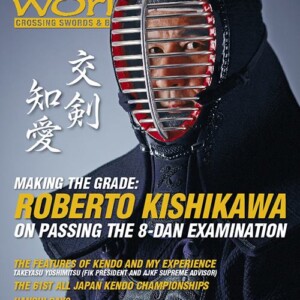
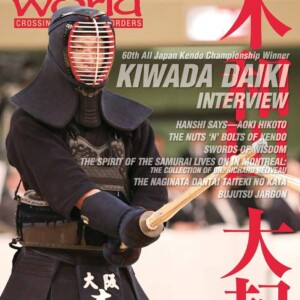
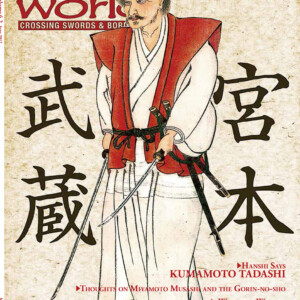


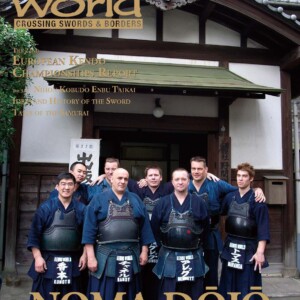
No comments yet.